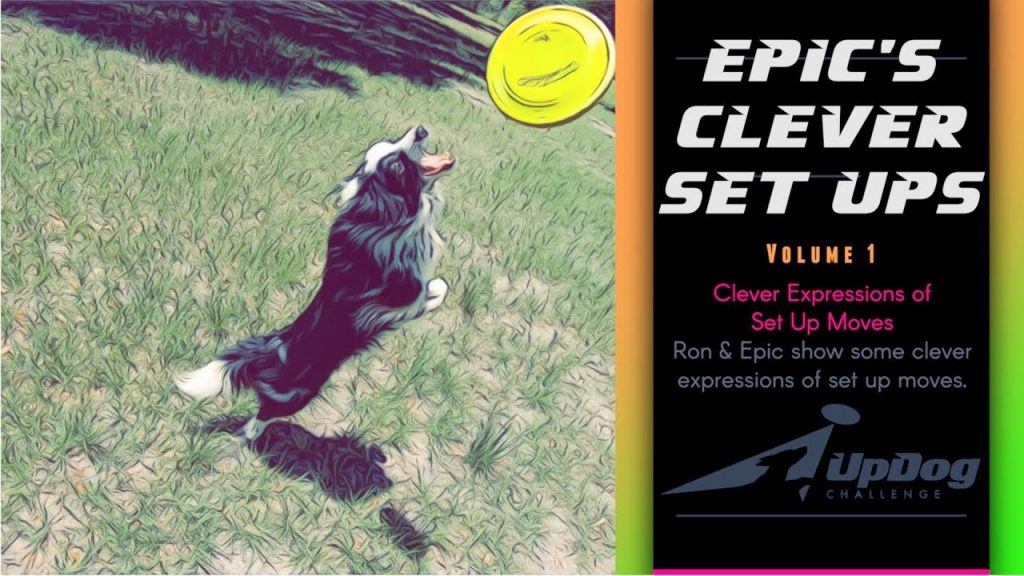
Epic’s Clever Set Up Moves | Volume 1 Part III | Complex Set Up Moves
Set Up Moves Set Up Moves are tricks that are used to establish timing and position in disc dog freestyle. Traditional tricks include: Around, Through, Backwards Through, and Scoot, but any or all of your tricks,... More come in many forms, shapes, and sizes. Anything used to set up your next move can be considered a Set Up Move – a Flip is a very common Set Up Move, vaults are much less common unless they are setting up another vault, but we’ve already addressed that.
Set Up Moves are tricks that are used to establish timing and position in disc dog freestyle. Traditional tricks include: Around, Through, Backwards Through, and Scoot, but any or all of your tricks,... More come in many forms, shapes, and sizes. Anything used to set up your next move can be considered a Set Up Move – a Flip is a very common Set Up Move, vaults are much less common unless they are setting up another vault, but we’ve already addressed that.
The next thing we’re going to talk about with Epic’s Clever Set Up Moves is Complex Set Up Moves.
A Complex Set Up Move combines two or more moves in such a way as they become something new, a single entity that is unique and useful for setting up tricks.
The following videos feature Complex Set Up Moves. They are listed by timecode in the caption of each video. Notice the overlap of “Spin and Twist”… Adding a spin or a twist Spins and Twists are tricks where the dog spins 360 degrees in a clockwise or counter clockwise fashion. Spin is clockwise and Twist is counter clockwise so it is important to have a... More (clock or counter respectively for us) is a simple way to create Complex Set Up Moves.
Spins and Twists are tricks where the dog spins 360 degrees in a clockwise or counter clockwise fashion. Spin is clockwise and Twist is counter clockwise so it is important to have a... More (clock or counter respectively for us) is a simple way to create Complex Set Up Moves.
The “n” moniker is a way I denote complex set up moves simply, without create a cool new name like Fancy or Snafu, or Bop and Blip (if you speak Fahle). So Thru n Twist is a Thru combined with a Twist This often winds up being my cue as well, at least until some cool name comes to mind or the trick requires a cool name…
Fancy & Snafu – 2:34
Fancy is a Clockwise Thru to Backwards Thru, Snafu is the counter clock version. These are, perhaps the lamest sounding cool sequences of movement in the history of dog frisbee. I mean, what could be less interesting than a Thru followed by a Backwards Through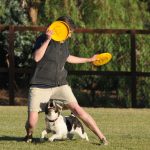 If your dog moves through your legs from back to front, that is a backwards Through. The Backwards Through usually sets up in one of two ways depending on where your dog’s starting... More?
If your dog moves through your legs from back to front, that is a backwards Through. The Backwards Through usually sets up in one of two ways depending on where your dog’s starting... More?
The key to Fancy and Snafu is handler facilitated movement. The handler needs to move to make the combo look interesting. Handler facilitated movement (flatwork) is often a key feature of Complex Set Up Moves.
Snafu, if you know the meaning of the term (Situation Normal, All !@#$ed Up) is aptly named, as the counter clockwise Thru to Backwards Thru feels completely ass backwards. This ass backwards feeling on the “other direction is completely normal, which is why I didn’t do this move until I was required to by this video and blog series.
It is a good idea to work both directions of all set up moves, including Complex variations, so you have the ability and the knowledge to do so. Being able to work in both directions enables the team to do anything they dream of:
See or dream it, train it, do it. Make people get the feels while you do so.
~ Ron Watson | Tao of Disc Dog, 2018
Thru n Twist & Thru n Spin – 3:07
These Complex Set Up Moves are extremely useful. They play off of a common set up, Thru, but add a very useful flatwork wrinkle – they set up a clean, linear line back to the handler and set a good working distance.
The idea here is that the Spin or the Twist opposes and halts the natural line of the Thru. So a Clockwise Thru gets a counter clock Twist added to the end. This oppositional movement freezes the dog and halts the arcing line of the Thru creating a straight approach to the handler. This straight line approach is a necessity for working a Vault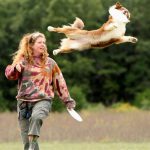 The dog uses the player´s body as a launching pad to jump for a disc. A Vault is a leaping catch from the handler’s body. The dog leaves the ground for the target... More or Over
The dog uses the player´s body as a launching pad to jump for a disc. A Vault is a leaping catch from the handler’s body. The dog leaves the ground for the target... More or Over An Over is any leaping catch that happens over top of the handler’s body. Overs are usually named by the part of the body over which the dog flies, i.e - Leg Over,... More.
An Over is any leaping catch that happens over top of the handler’s body. Overs are usually named by the part of the body over which the dog flies, i.e - Leg Over,... More.
In addition to halting the line, if the move is offered to a dog moving at any kind of speed it sets up a wonderful working distance for Vaults, and Overs.
Working both directions of this skill should be part of everybody’s regiment, including mine. This is another move that was only added to our quiver of tricks for this video and blog series.
Pretty Snazzy – 0:29
Snazzy is a Fakie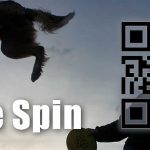 An athletic Set Up Move, the Fakie is a flip off of the handler's body (normally the chest) with no disc in flight or intended to be caught. It is usually named by... More to Thru. There is Snazzy Spin and Snazzy Twist. Snazzy Spin is a clockwise Fakie. Snazzy Twist features a counter clock Fakie. Both resolve into a clockwise Thru.
An athletic Set Up Move, the Fakie is a flip off of the handler's body (normally the chest) with no disc in flight or intended to be caught. It is usually named by... More to Thru. There is Snazzy Spin and Snazzy Twist. Snazzy Spin is a clockwise Fakie. Snazzy Twist features a counter clock Fakie. Both resolve into a clockwise Thru.
This move has been in our arsenal for about 15 years. I used to do it with Leilani back in the early 00s. It never really got it’s own name or was conceptually understood as a single trick until early 2020. It’s funny how those things happen.
While I was doing this trick for more than a decade, it wasn’t until I named it that I realized it was a Complex Set Up Move and that it really was 1 single trick rather than a sequence of Set Up Moves.
This realization of a sequence becoming a single thing is powerful. It really changed my ability to use and imagine this trick.
Your Complex Set Up Moves
These moves are cool. They are pretty useful and some of them should be considered disc dog standards. But they are not a complete list and very few of them are “must haves”.
If you have been playing for a while, odds are you have your own moves that have been tightly linked together for some time. Revisit them and see if you have any that could be considered Complex Set Up moves. You just might find that naming them and imagining them as a single trick will change their nature.
On Naming and Cuing
It’s up to you what you call your tricks. Sometimes it’s a good idea to whip out a super spiffy name: Fancy, Snafu, Snazzy, Spiffy, Bop, and Blip, are all some that are tossed around here these days.
Sometimes you want to call them out separately and retain their conceptual or cue-ability: Thru n Twist, Rut n Twist, Thru n Flip, Rut n Flip for example.
For me, I’ve kept Thru n Twist, Rut n Spin and Thru n Flip Rut n Flip and mashed them together with the “n” moniker because I want to maintain their conceptual and cuing relationship to each move. It just seems better to me to have them slapped together and have their cues called out each time.
You might have a different desire, experience, or understanding – that’s cool. Just know that you don’t have to come up with a super spiffy new name for each and you don’t have to use the “n” modifier to denote a Complex Set Up Move.
Do what you want. Do what feels right for you and your team.
Peace & Happy Jamming!




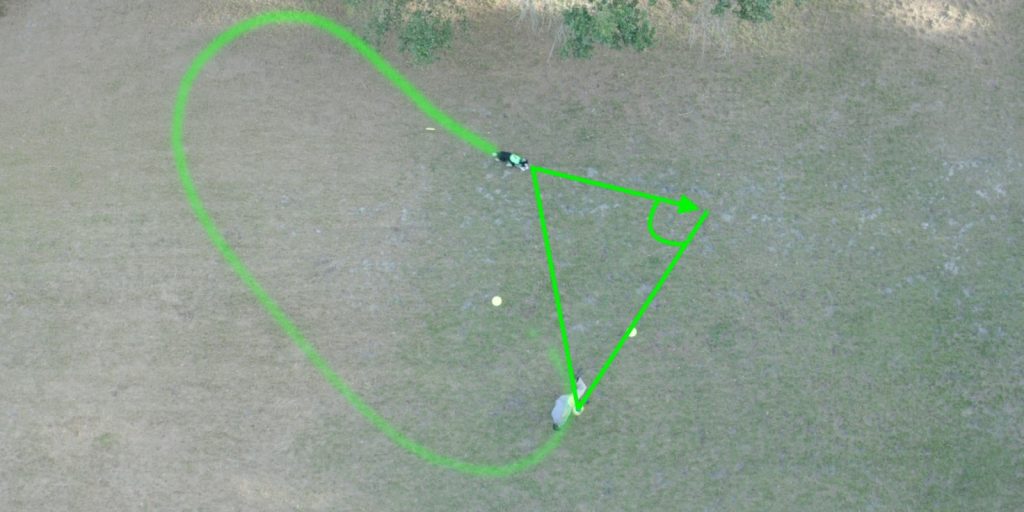
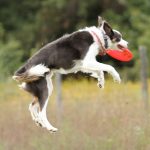
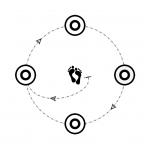
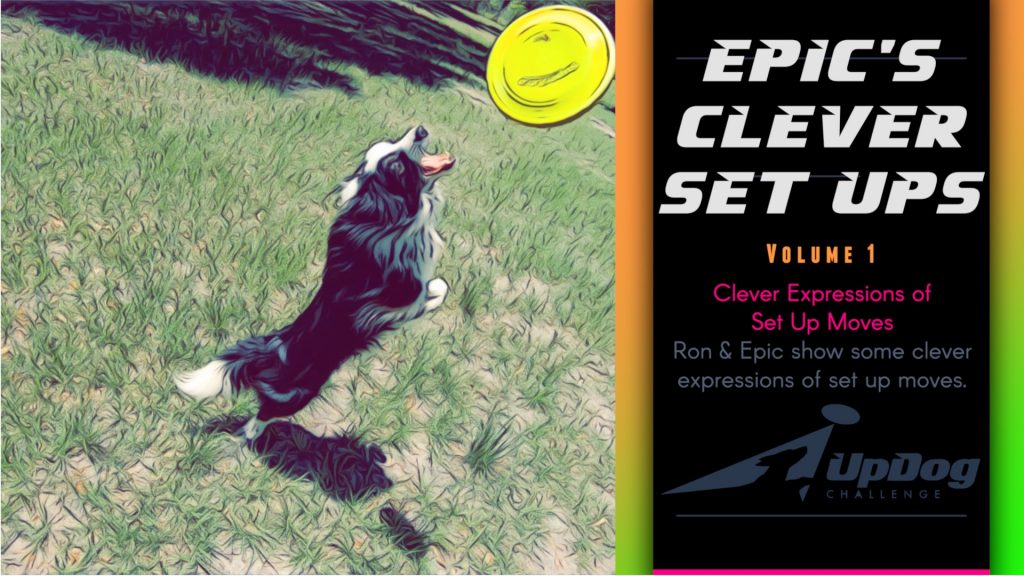


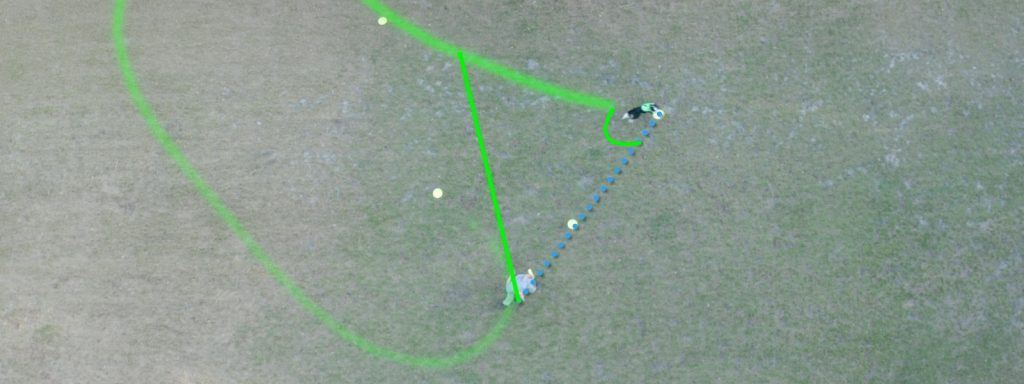
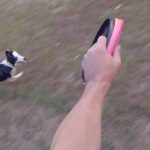
This is Awesome Ron 🤩
I was looking for Fancy and got Soo Much More not only in New tricks to train, but ways to use them in a routine, as a warm up and some ideas popped up on using them to make or pause the flow!
Thanks Ron and think this would be Awesome read / watch for everyone in class 💞